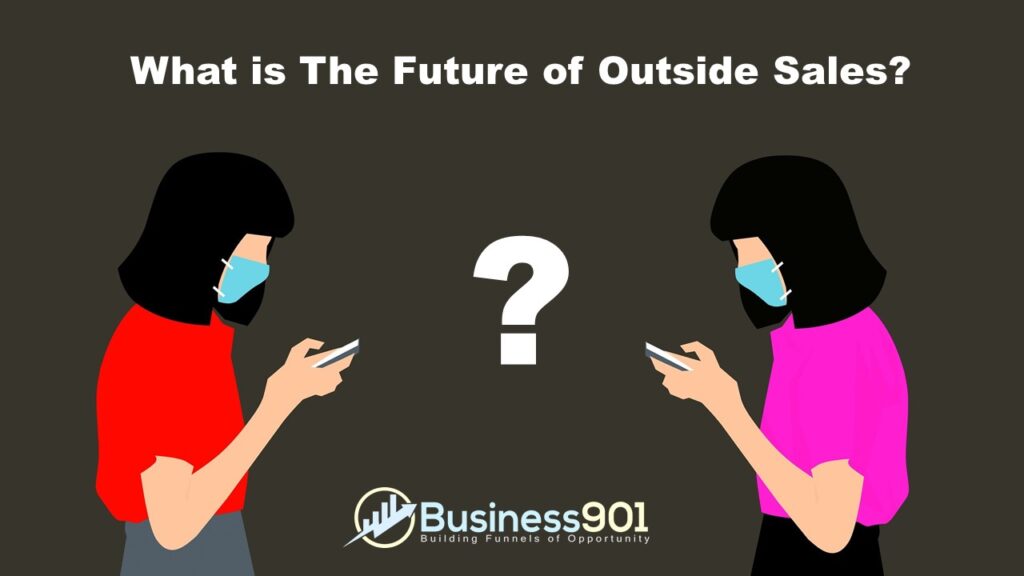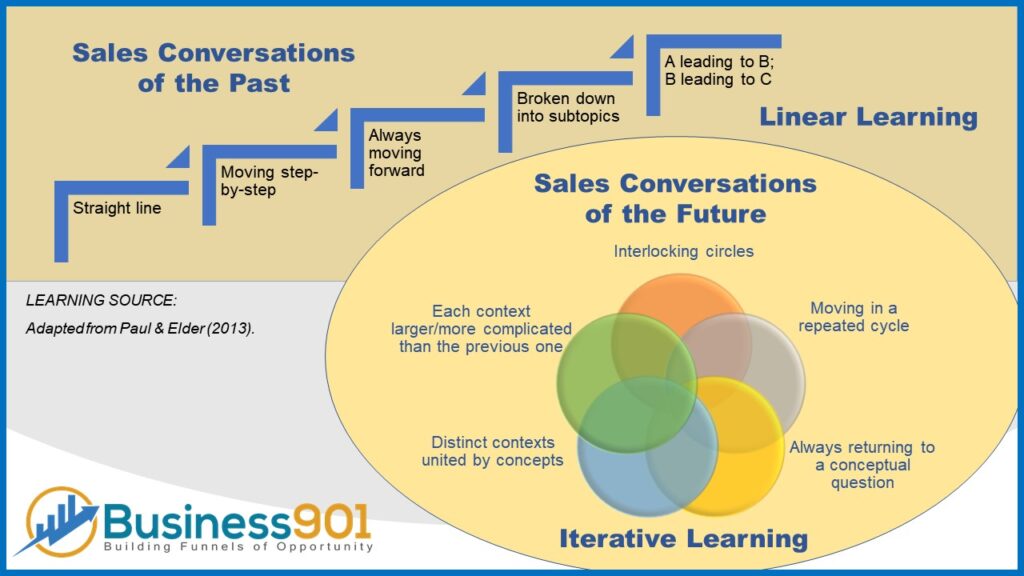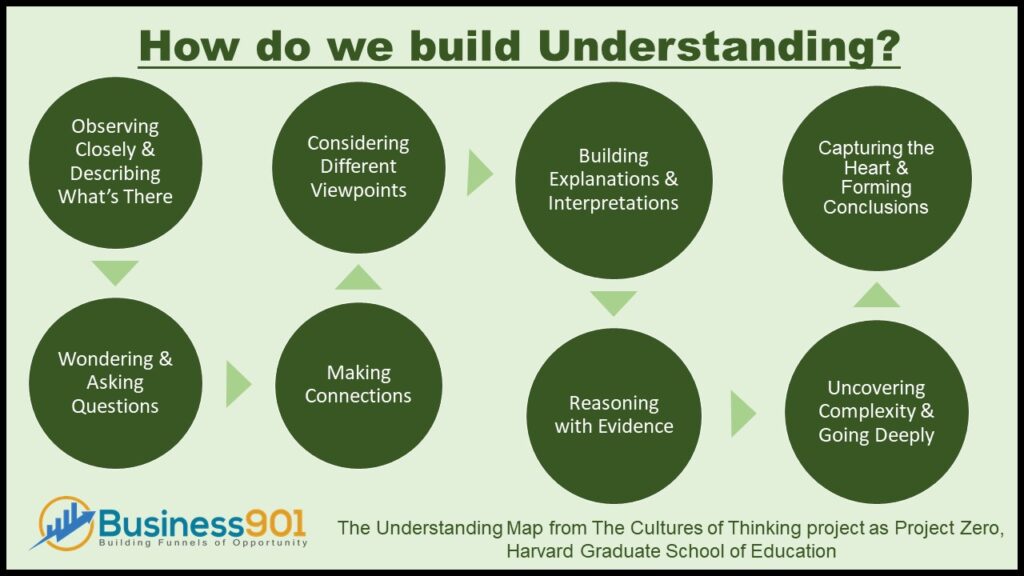Are your salespeople thinking too small? Do you need to empower them with deeper learning skills?
When these learning and understanding skills become part of a salesperson vernacular; they move from a transactional type (GD-Logic) into an active meaning-making role. It is the idea of collaborative selling and co-creating value (SD-Logic).
Modern-day selling has to focus on a smaller number of conceptually larger transferable ideas. A few reasons;
1. Too much content may result in a superficial understanding.
2. Emphasis on few/bigger ideas reflects our knowledge of what is important to the customer.
4. Rapid changes in the environment can cause small ideas, the how/what, to change rapidly while the why can stay relatively constant (ty Simon Sinek)
The people best positioned to lead are the salespeople. They are the closest people to the real-time interaction of creating a customer. As Drucker said, “the only purpose that a company exists.”
Adapted from the book Teaching Deeper Learning (link in comments) where they were discussing this from the perspective of a teacher/student relationship. I have reframed it to fit a customer/salesperson’s role.

I have been contemplating this a lot lately. Just using the basic weekly questions makes me somewhat uncomfortable right now when thinking of outside sales.
What is working? What do we need to do more of?
What can we improve on?
What do we need to stop doing?
What do we start doing (Do something new)?
Sales Conversations and for that matter, Sales Processes are much too linear in their structure. They might as well be automated at that point and time.

What will drive sales (and marketing) in the future is the ability to learn from our customers and conceptualize the relationships between facts, patterns, and trends. Opportunities occur when our front-liners transfer what they learn in our market space to our internal business. It is just as important for sales and marketing to get the message in as it to get the message out. Learn more: https://business901.com/building-a-funnel-of-opportunity/

Good Salespeople are empathetic; the ability to see things from the customer’s point of view. Without that ability seldom will they connect with a customer.
It was elaborated so well by Dan Pink in his book To Sell is Human and his approach to moving others through 3 fundamentally human qualities.
1. Attunement: The capacity to take someone else’s perspective and calibrate your words and actions to another’s point of view.
2. Buoyancy: The capacity to stay afloat on what one salesman calls“an ocean of rejection.
3. Clarity: The capacity’ to make sense of murky situations, to curate information instead of merely accessing it, and to move from problem-solving to problem-finding.
And 3 Skills:
1. Pitch: The skill of distilling your message to its essence and doing it in a way that engages another person deeply enough to begin a conversation.
2. Improvise: The skill of departing from the script to respond to unforeseen resistance and objections.
3. Serve: The skill of turning your encounters from transactions to transcendence by making them personal and making them purposeful.
Design Thinking is the closest discipline I know of to highlight these qualities and teach these skills.

Making work visible has long been a tenant of Lean and Agile thought. Most of us take for granted that the creative talent of Marketing complements that approach. But going a little deeper into one to one interaction or in the sales field work becomes less visible.
The idea of getting the “message in” cannot be through quantitative research alone, especially in startups/launches. It takes a great deal of qualitative research. Which in turn, means understanding our customers better.
The best people to supply that interaction in real-time is our salespeople. However, not sure our sales toolboxes are set up for that type of knowledge to be gathered, understood, and shared. I like the terminology in The Understanding Map, that has been developed by Ron Ritchhart at the Harvard Project Zero in education. He has highlighted it before and again with Mark Church in their new book The Power of Making Thinking Visible. This approach seems to me, better than using a Buyer Personas and Empathy Maps.

